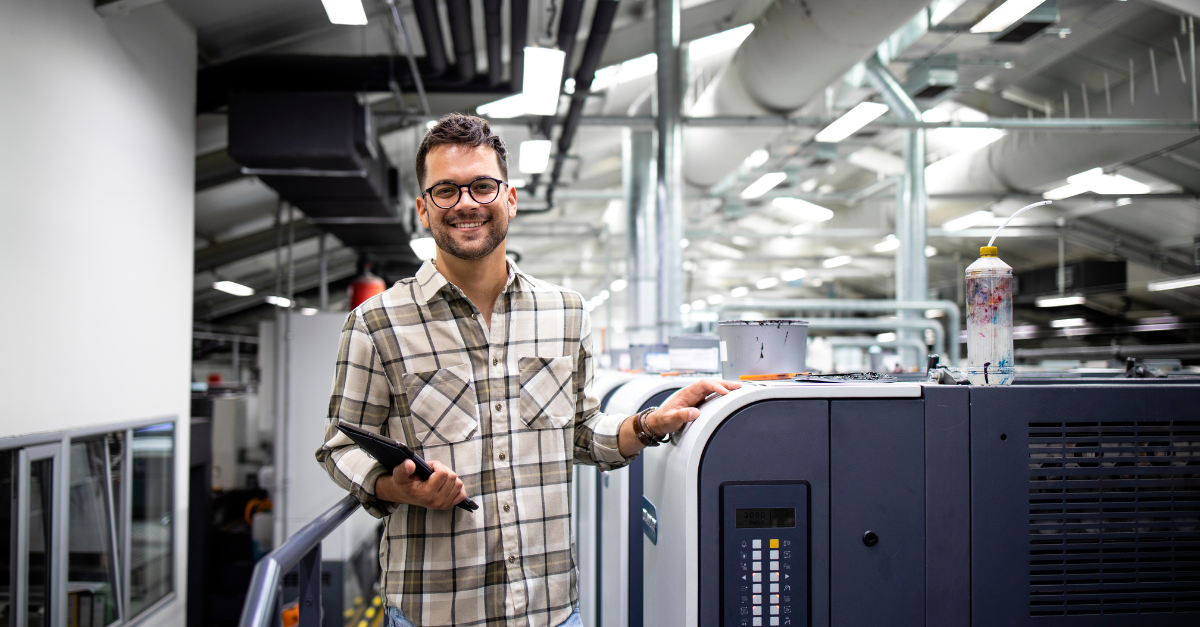Archaeology's future lies in 3D scanning the past - 3ecruit
Stoppelaere House is a domed desert refuge, built in 1950 for an archaeologist who was excavating and documenting the Valley of the Kings in Luxor, Egypt. Today, it is a 3D-scanning and training centre staffed by Alia Ismail, a 24-year-old Egyptian architect. For eight months, Ismail learned everything you can learn about 3D scanning from Factum Arte, a team of digital conservators, in Madrid: building scanners, programming and running them — and fixing them when they inevitably break in the desert heat.
Ismail will document in fine detail the tomb of Seti 1, the pharaoh who was the father of Rameses the Great. But she’ll also be teaching local volunteers how to do the same for other important sites. “The goal is 1,000 people taking 1,000 photos every day,” says Adam Lowe, the director of Factum Arte. “We’re training local young girls, who happen to be very tech savvy. The idea is you record vast amounts of cultural heritage. You have to be proactive and lay the grounds to record the data that’s at risk, and do it fast.”
We have swapped physical artefacts for their digital signifiers in almost every realm of our lives: MP3s for etched vinyl, text docs for printed pages, YouTube for celluloid, smartphone galleries for printed photographs. This trend will take another significant step in 2016, when the physical world itself will become increasingly digitised and accessible, thanks to low cost laser scanners and innovative photographic techniques.
Recent events means that there is an added urgency: when Lowe mentions data that is at risk, he’s referring to valuable cultural sites and artefacts which are threatened both by mass tourism and, more vividly, the nihilist iconoclasm of so-called Islamic State, which has laid waste to historical landmarks including Palmyra and Hatra. Robert Bewley created the Endangered Archaeology in the Middle East and North Africa project at Oxford University; it mainly uses satellite imagery to document sites. “It is recording what was there before, what’s there now and what’s lost,” Bewley says. His team is building a publicly accessible database to track all these changes, so that even if a site is destroyed, archaeologists can still study its digital ghost. Similarly, ScanLAB, a London-based studio, specialises in large-scale 3D scanning; they capture forgotten, often underground worlds, then make them digitally explorable.
Frédéric Kaplan, a professor in the digital humanities laboratory at the École Polytechnique Fédérale de Lausanne, is using another scanning technology — book readers — to digitise the archives of renaissance Venice, from tax records and death certificates to maps and urban planning designs. The Venice Time Machine project will use this data to create a 3D world that also includes a quasi-Facebook of relationships laid on top. Moorea, a tiny landmass in the Pacific, is part of an ambitious plan to model an entire ecosystem, a digital avatar of the island; 3D scanning is mapping its coral reefs.
Conservation is a natural starting point for these techniques, but they’re bleeding more and more into the mainstream, thanks to the growing popularity of amateur 3D printing. In mid-2014, HP started selling its Sprout computer in the UK: a desktop that comes with a 3D scanner built in — or rather, perched awkwardly on top. The device is bulky, expensive and doesn’t work especially well. But webcams were in a similar place in the 90s: now, they are a tiny and efficient essential, found in every smartphone in the world. Intel’s RealSense technology already looks indistinguishable from an in-built webcam on a laptop: it promises to “make 3D scanning a reality right from your device, so you can scan and save a piece of art, a flower, a toy — even your own face”, and that the technology will roll out to phones and tablets.
Acer demonstrated a laptop with Intel’s camera at CES 2015. Hardware startups Faro and Scanify already offer handheld, easy-to-use 3D scanning devices. More ambitiously, Google’s Project Tango, available in the US as a developer’s kit, aims to turn every mobile device into a 3D scanner, with a combination of computer vision, image processing and special vision sensors.
With the advent of consumer virtual reality devices in the first quarter of 2016, these digital worlds will be fully explorable. Palmer Luckey, the inventor of Oculus Rift, has described VR as a metaverse, “a parallel digital world that exists alongside our own”. That digital world will also be our very own one.











